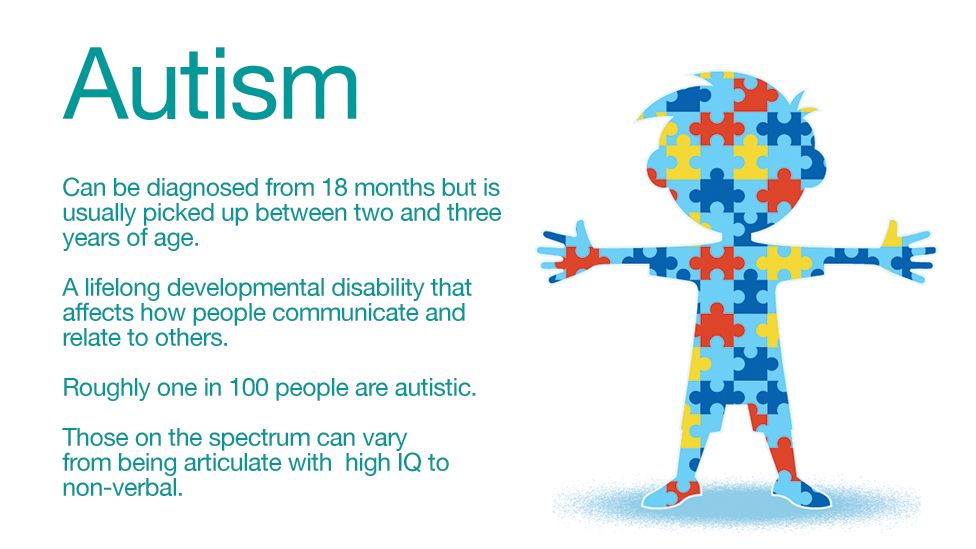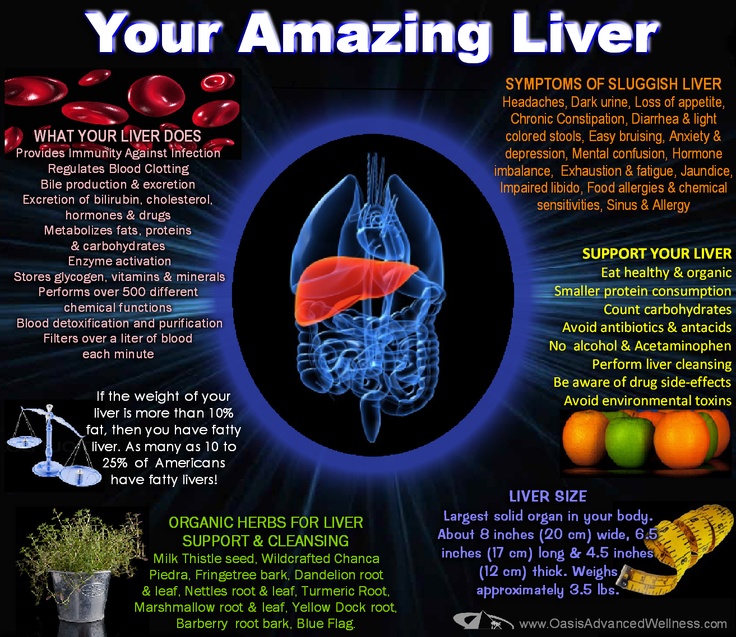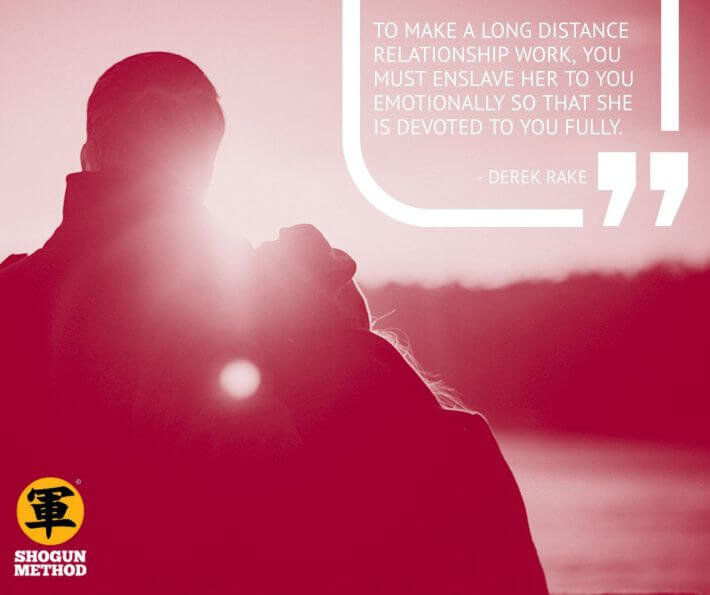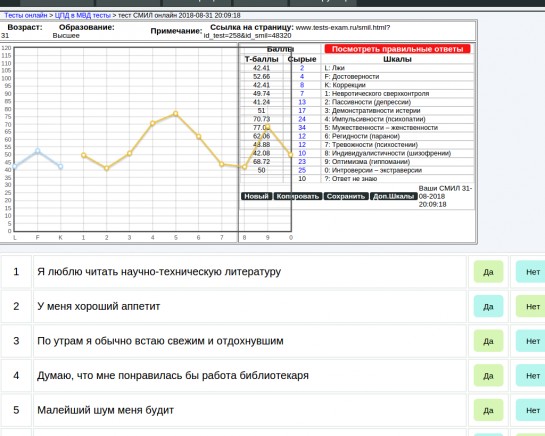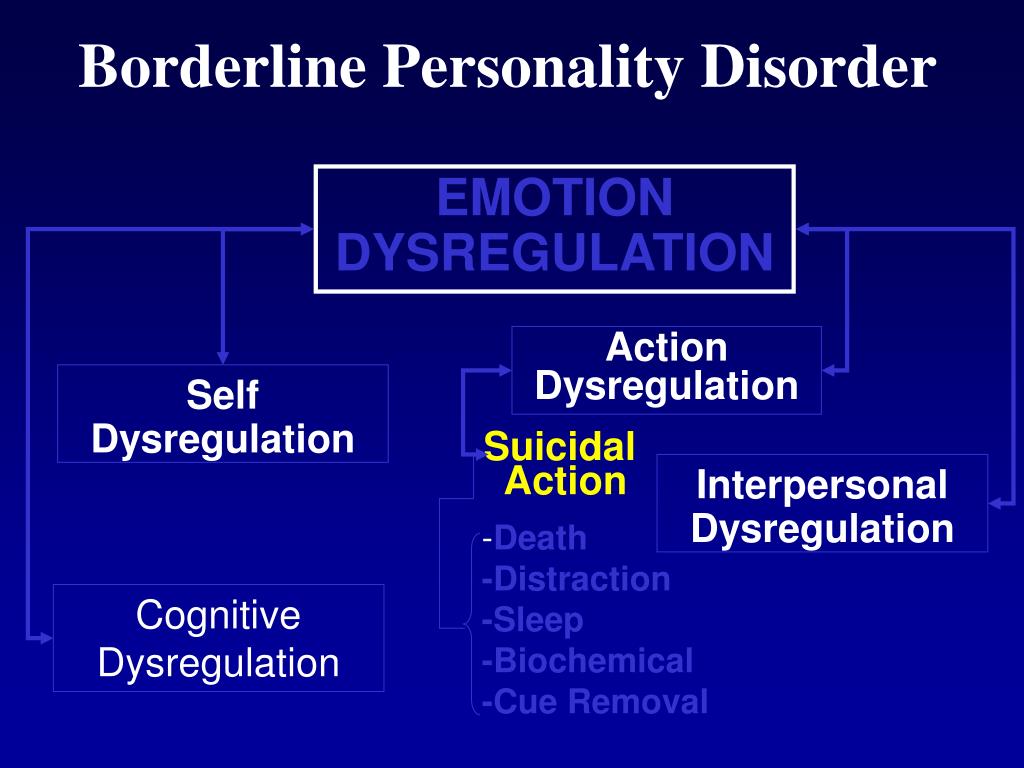How to fight anger and frustration
Dealing with Anger and Frustration
Dealing with Anger and Frustration
In challenging times, you may find that you have little patience with other people or get upset over minor things. Anger and frustration are complicated emotions that often stem from other feelings, like disappointment, fear, and stress. Taking some extra steps to decrease your overall tension can prevent your feelings (and the reactions that they cause) from spiraling out of control.
Fast Facts
- Of people who took an anxiety screen at mhascreening.org in 2020, 71% felt easily annoyed or irritable at least half of the time or nearly every day. [1]
- Of people who took a bipolar screen at mhascreening.org in 2020, 82% reported being so irritable that they shouted at people or started ÿghts or arguments. [2]
- One poll found that 91% of respondents said that they feel people are more likely to express their anger on social media than they are face-to-face.
[3]
Tips for Coping
| Pause before reacting. When you feel yourself getting mad, take a moment to notice what you’re thinking, then take a few deep breaths or count to ten in your head. By giving yourself even just a few seconds before reacting, you can put some emotional distance between you and whatever is upsetting you – and you might even realize that you’re actually tense because of something else. | |
| Change your surroundings. Anger can make you feel trapped. Whether you’re mad at someone in the same room as you or just angry at the world, sometimes physically relocating yourself can help you start to calm down. Go to another room or step outside for a few minutes of fresh air to help disrupt the track that your mind is on. | |
| Get it all out. | |
| Release built-up energy. Anger is a high-energy emotion, and we store that energy and tension physically in our bodies. Exercise is a great way to get rid of extra energy and can improve your mood. Some people find grounding exercises (like meditation or deep breathing) helpful to calm intense feelings, while others prefer more high-impact activities like running or weightlifting. Think about what you usually do to decompress, like taking a hot shower or blasting your favorite music, and use the tools that you know work for you. | |
| Get organized. When things around you feel chaotic, it’s often a lot easier to get frustrated and snap at people. Dedicate a few minutes each day to tidying, planning, or reorganizing. Implementing a routine can also help you feel more on top of things by adding structure and certainty to your daily life. | |
| Eliminate stressors if possible. Sometimes there’s no way to completely get rid of a big problem, but there’s often more than just one issue contributing to your frustration. Things like an overwhelming workload or unhealthy relationship can make you feel on edge. Pay attention to how and why you’re feeling stressed and see if you can make small changes to improve a challenging situation to make it less burdensome. | |
| Manage your expectations. Negative feelings often stem from people or situations not meeting your standards or assumptions. | |
| Don’t be afraid to ask for help. If you’re working to cope with your anger but feel like you can’t get it under control, it’s time to get some extra support. Anger can fester and become explosive if not resolved. A number of mental health conditions can manifest as anger, so this may actually be a sign of depression or anxiety – treating an underlying condition can help heal your anger as well. |
Get Screened Now
| Sources |
| 1. Proprietary data. MHAScreening.org. 2020. 2. Ibid. 3. IBM Watson Health-NPR Health Poll. |
18 Ways to Cope with Frustration
Frustration can be hard to put into words – it’s a complicated mix of anger, disappointment, and annoyance. For most health care workers, frustration levels are particularly high right now as many face PPE shortages, minimal workplace support, and a seemingly careless general public. Anger and frustration aren’t always productive emotions, and while we can’t necessarily control that we feel them, we can control how we react to them. If you need to release some of your pent-up negative energy, here are some healthy ways to do so:
- Do some breathing exercises: when having a strong emotional response, you may notice your breath getting faster and shallower. By regulating your breathing, you can get more oxygen to your brain and help yourself calm down. A good technique is 4-7-8 breathing: breathe in for four seconds, hold for seven, breathe out for eight
- Progressive muscle relaxation: one of the ways our bodies respond to heightened emotion is with muscle tension.
 Relieving that physical tension will help your mind relax too. Lay down and work your way through each muscle group: tense as you slowly inhale, and release as you slowly exhale. If you prefer some instruction, try a guided audio.
Relieving that physical tension will help your mind relax too. Lay down and work your way through each muscle group: tense as you slowly inhale, and release as you slowly exhale. If you prefer some instruction, try a guided audio.
- Meditate: Meditation can be a great way to connect with your feelings, but it can also help you create space between your thoughts and emotions as you settle into self-awareness. Download an app like Headspace or Calm and look for a guided meditation that fits how you’re feeling.
- Exercise: Physical activity is a mood booster, helps you regulate stress and adrenaline, and is a healthy way to release pent-up energy. If you can, try going for a run and really focus on your feet hitting the ground. If you prefer instruction, see if your local gym has online classes or search for your favorite type of workout on YouTube.
- Yoga: If you prefer low-impact workouts, yoga is a great way to get your body moving in a meaningful way.
 Yoga Pose has an online directory of poses searchable by symptom (like anxiety or back pain) and has categories including poses for calmness.
Yoga Pose has an online directory of poses searchable by symptom (like anxiety or back pain) and has categories including poses for calmness.
- Vent: Ruminating on your anger only perpetuates it, so give yourself some time to let it all out with a trusted friend. As long as you don’t focus on it for too long, venting can be a healthy emotional outlet – just try to keep it to 15 minutes, and then move on to more positive conversation. If you want to vent anonymously, try an app like Lyf or reach out to Magellan Health’s free crisis hotline for frontline workers at 1(800) 327-7451.
- Journal: If you’re dealing with the the kind of frustration where you can’t even think straight, try writing (or typing) it all out. This can help you process a situation and calm your brain down so you can approach the issue with a more level head.
- Get outside: Spend some time in your backyard, go for a walk around the block, or head to your favorite park.
 If you’re crunched for time, even just stepping out for 60 seconds of fresh air can help you recalibrate. To really help ground yourself, slip off your shoes and let your bare feet touch the dirt or grass.
If you’re crunched for time, even just stepping out for 60 seconds of fresh air can help you recalibrate. To really help ground yourself, slip off your shoes and let your bare feet touch the dirt or grass.
- Manage your expectations of others: Often, negative feelings come from misaligned expectations. Recognize that you can’t fully anticipate anyone else’s behavior; change your own mental framework so that you aren’t holding them to standards they won’t meet – it’s only hurting you.
- Treat yourself: Sometimes you just want to lay on the couch with a bag of chips and your favorite movie, and that’s OK! As long as it doesn’t become an unhealthy habit, there’s nothing wrong with treating yourself to some guilty pleasures.
- Spend some time with animals: Many people find animals to be a source of comfort and support. Interacting with animals has been shown to decrease levels of cortisol (a stress hormone) and lower blood pressure, as well as elevate levels of serotonin and dopamine, which calm and relax[i].

- Distract yourself: Leaning into feelings doesn’t always help. If you need to detach from your anger, try doing something that requires focus (like a puzzle or reading).
- Take a nap: We all need a brief reset at times. If you hit a wall where you are completely overwhelmed with everything going on, set a timer for 20 minutes and climb into bed. The rest will do your brain well and checking out for a little bit often helps you go about the rest of your day with a fresh start.
- Start a garden or get a new houseplant: Numerous studies have found that the act of gardening can be beneficial for numerous health outcomes, including anxiety and stress reduction[ii]. Don’t have the outdoor space? Taking care of an indoor plant has similar effects on your mental health[iii].
- Get creative: Art is a great tool for emotional expression. Crafting, drawing, painting, writing poetry, and other art forms are all healthy ways to channel your anger into something fun.
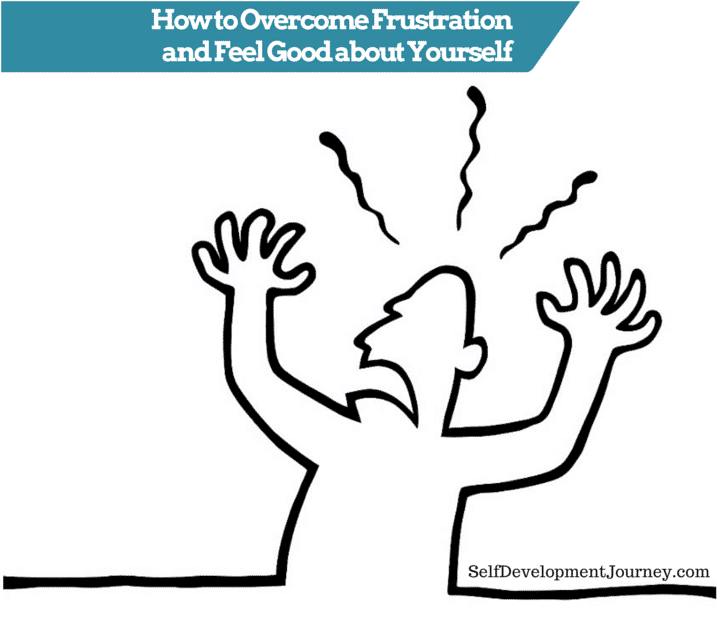
- Turn on some music: Music has a powerful effect on our brains. Search for a playlist of relaxing or happy music to turn your frustration into a more enjoyable emotion. Bonus points if you dance it out!
- Get organized: Take ten minutes to clean, plan, or otherwise streamline something in your life. Turning your extra energy into something productive will not only help you get rid of some of that frustration, but you’ll also have accomplished something.
- Wash your face : It seems so simple but putting cold water on your face doesn’t just feel refreshing – it triggers your mammalian diving reflex which slows your heart rate and breathing. By reducing the physical symptoms of frustration, you can interrupt your brain’s feedback loop and reduce your emotional frustration as well.
[i] National Institutes of Health. (February 2018). The power of pets: Health benefits of human-animal interactions. NIH News in Health. https://newsinhealth.nih.gov/2018/02/power-pets
NIH News in Health. https://newsinhealth.nih.gov/2018/02/power-pets
[ii] Soga, M., Gaston, K.J., & Yamaura, Y. (2017). Gardening is beneficial for health: A meta-analysis. Preventive Medicine Reports, 5, 92-99. https://doi.org/10.1016/j.pmedr.2016.11.007
[iii] Lee, M.S., Lee, J., Park, B.J., & Miyazaki, Y. (2015). Interaction with indoor plants may reduce psychological and physiological stress by suppressing autonomic nervous system activity in young adults: a randomized crossover study. Journal of Physiological Anthropology, 34(1). DOI: 10.1186/s40101-015-0060-8
Nervous work: how to deal with unpleasant emotions
Contents
HR and recruiting
Article
February 26, 2020
Getting rid of frustration, anxiety, anger and disappointment.
Natalia Konoplyanikov,
columnist at LABA
A person is not able to control emotions - they arise spontaneously, this is a psychophysiological process.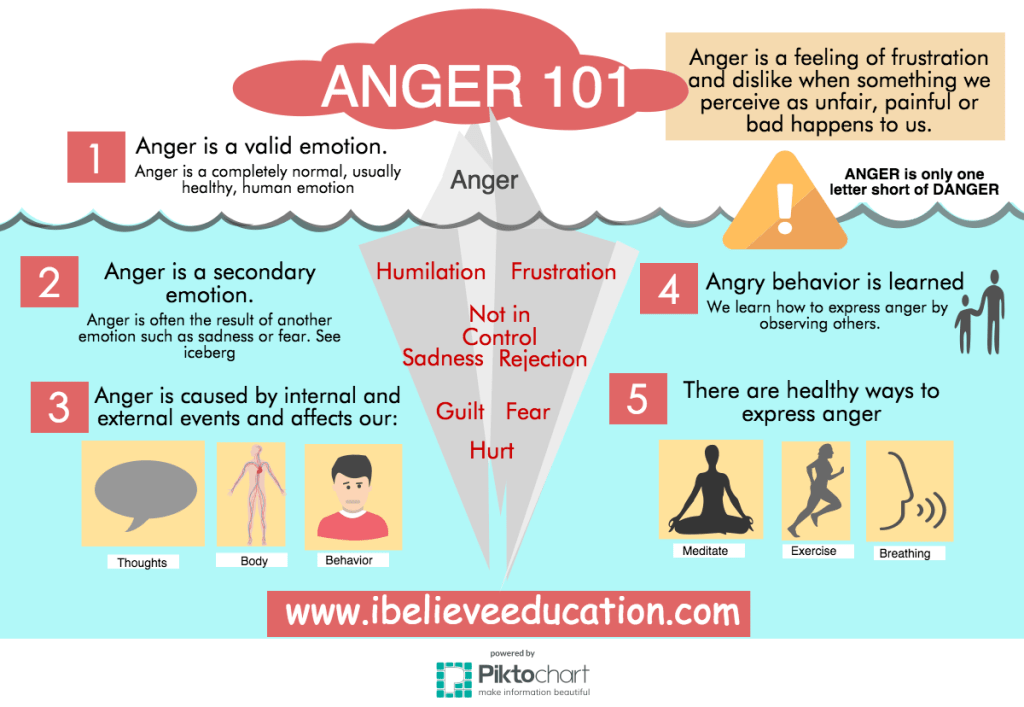 But we can control our behavior. It is up to us whether we will shout or calmly express our displeasure.
But we can control our behavior. It is up to us whether we will shout or calmly express our displeasure.
The most common unpleasant emotions at work are frustration, anxiety, anger, dislike and disappointment.
Together with Mindtools and HealthXchange, we figured out what to do if feelings are overwhelmed.
Frustration
We experience frustration when we cannot do what we want to do. Perhaps a colleague interferes with work on a project, a manager forgets about meetings, or simply cannot get through to the right person.
Dealing with frustration:
Stop and assess the situation. Ask yourself why you are feeling frustrated and write down the answer in as much detail as possible.
Find something good in the situation. For example, if the leader forgot about the rally, you will have more time to prepare. Or you can just take a break.
Or you can just take a break.
A positive look will help to cope - and the mood will improve.
Think about the last time you felt frustrated. Most likely, you were able to deal with the problem only after you dealt with this feeling. If then frustration and confusion did not help solve the problem, they are unlikely to help now.
Anxiety
Feelings of anxiety at work increase when we are faced with difficult tasks, or when the company has a wave of layoffs.
If it gets out of hand, it can develop into chronic anxiety. This condition negatively affects mental health, self-confidence, productivity and willingness to take risks.
How to deal with anxiety:
Protect yourself from anxious talk. If your colleagues are discussing upcoming layoffs in the kitchen, just leave. Anxiety is contagious, fear breeds more fear.
Anxiety is contagious, fear breeds more fear.
Practice breathing exercises. Deep breathing helps lower the pulse and slow down.
Here is a simple exercise: inhale slowly to the count of five, and then exhale to the count of five again. Focus completely on your breath. Repeat at least five times.
Focus on how to improve the situation. If you just sit and worry, the problem will not be solved. Switch to finding solutions. In the case of the risk of dismissal, think about how you can bring more value to the company and show your value.
Make an "alarm plan". If disturbing thoughts consume you, write them down and organize them. Next to each item, indicate the time or date when you will address the problem. Until then, try not to think about the situation. It is important that you deal with it when the time comes.
It is important that you deal with it when the time comes.
Anger
Uncontrolled anger is one of the most destructive conditions in the workplace. He does not give a sober assessment of the situation, and you may regret what you did in a rage.
Coping:
Learn to recognize the early signs of anger. In order not to let rage consume you, you must be able to feel the nascent anger. The sooner you stop, the better. A person is able to choose his behavior. If you feel anger, it does not mean that it needs to be expressed.
If you get angry, stop. Close your eyes and breathe deeply. This will help you calm down and get back on track.
Imagine yourself in a moment of anger. This technique also helps to restrain manifestations of aggression.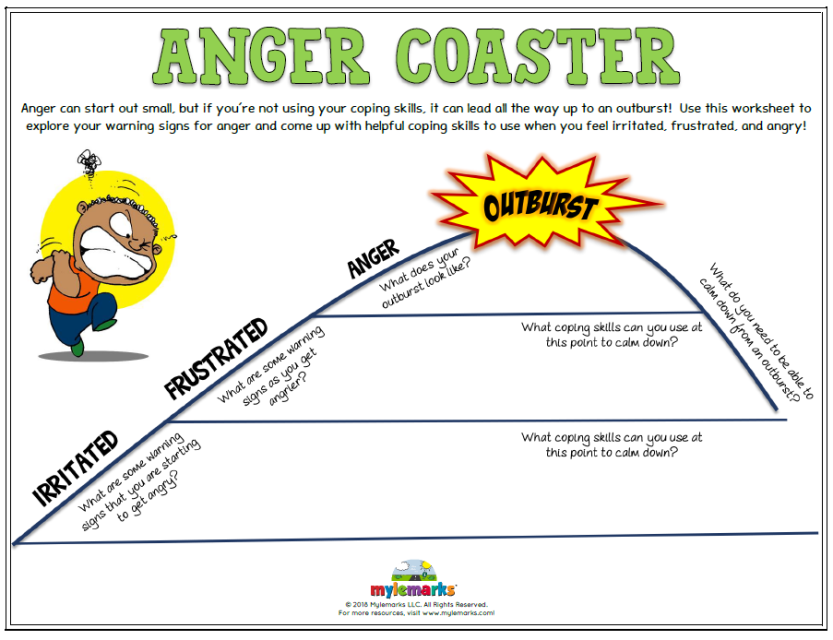 Imagine how you will look if you yell at a colleague: you will blush, you will wave your arms. How would you react to a person who behaved this way? Do you want to show yourself from this side?
Imagine how you will look if you yell at a colleague: you will blush, you will wave your arms. How would you react to a person who behaved this way? Do you want to show yourself from this side?
Suspend communication. Do not call, write letters or messages in a state of anger. You can make a draft, but in no case do not send it until you calm down. Better do it the next day, when the emotions subside.
Related courses:
HR and recruiting
HR and recruiting
Dislike
Even if one of your colleagues annoys and dislikes you, be professional and don't let your personal attitude affect your work.
How to deal with an unpleasant colleague:
Show respect. If you don't get along with someone, try to subdue your ego. Communicate politely and respectfully, just as you would with others. If a person behaves incorrectly, this does not mean that you should respond in kind.
If a person behaves incorrectly, this does not mean that you should respond in kind.
Stand up for yourself. If a colleague is rude, calmly explain to him that you do not allow such behavior towards yourself. Do not aggravate the conflict, just move away from contact.
Remain calm. To defend yourself and your boundaries, it is not necessary to show aggression. Often unrestrained people lose interest in the conflict if the interlocutor does not succumb to provocation.
Frustration
Frustration and lack of enjoyment at work are draining. Productivity drops, it becomes scary to make decisions.
How not to get frustrated at work:
Do not be afraid of failure. Recognize that failures and unpleasant situations are inevitable.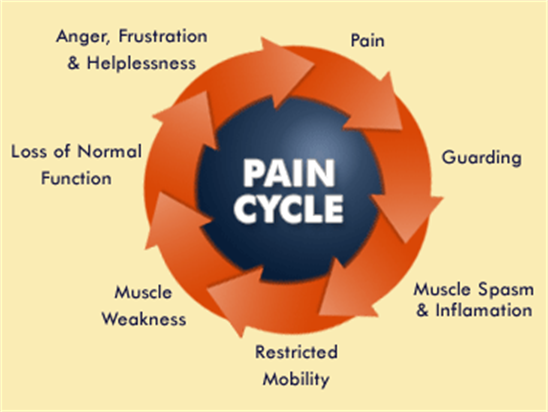 Life would be boring if everything went smoothly.
Life would be boring if everything went smoothly.
Adjust your goals. If you feel disappointed that you have not reached your goal, this does not mean that the goal is unattainable. Keep moving towards what you want, but adjust the plan, for example, move the deadline.
Write down your thoughts. Write what makes you unhappy. It could be colleagues, a workflow, too many tasks, or something else. After you identify specific problems, think about solutions. Remember that you can always change the situation.
Smile. This is a common tip, but few people use it. It really works, so smile (even forcefully) as soon as you feel your mood drop. Fool your brain.
General Tips
Find Your Triggers
Track your emotions and analyze what triggers them.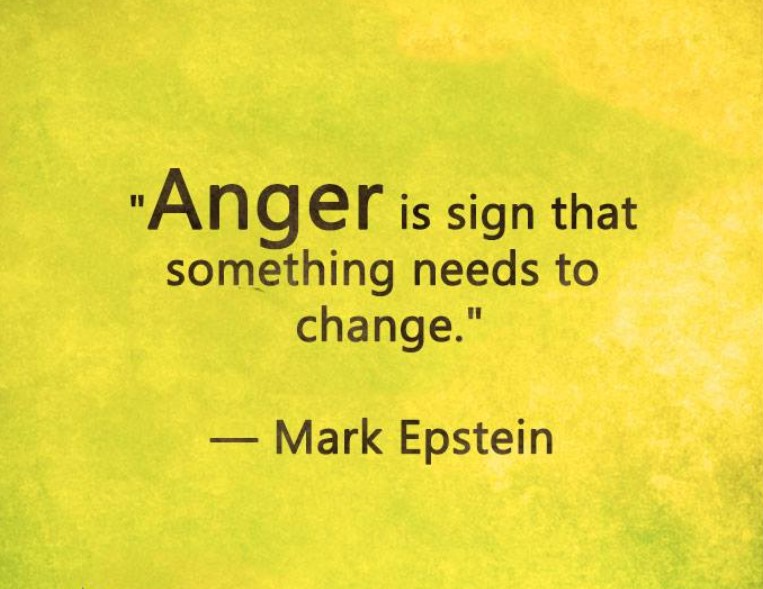 When you find patterns, it becomes easier to manage reactions. Emotions arise regardless of our desire, but we can choose what to do with them. When you know what makes you angry or frustrated, it's easier to stay calm.
When you find patterns, it becomes easier to manage reactions. Emotions arise regardless of our desire, but we can choose what to do with them. When you know what makes you angry or frustrated, it's easier to stay calm.
By listening to yourself, you will develop observation and empathy, and gradually learn to anticipate the reactions of others.
Apologize
If you can't handle your emotions, apologize to the person you misbehaved with. If someone else was present during the conflict, apologize to them as well.
No need to explain in detail why you exploded, don't defend yourself or make excuses. A simple apology for intemperance is enough.
Don't take work negativity home
Work problems should stay at work.
Make it a habit to let go of anger, frustration and dissatisfaction at the end of each day.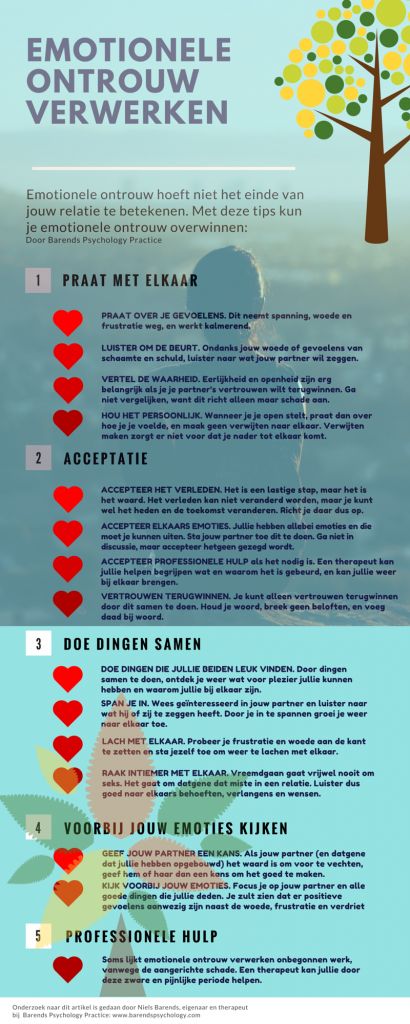 Suppressed emotions accumulate until they reach a breaking point.
Suppressed emotions accumulate until they reach a breaking point.
To prevent this from happening, analyze what unpleasant emotions you experienced during the day and how you feel now. Then remember what provoked them, concentrate on the fact that this happened at work and has nothing to do with personal life and loved ones.
This life hack helps: imagine closing these experiences in a safe and leaving them in the office.
On the way home, try to switch your thoughts to personal matters. It’s even better if you have something pleasant planned after work – going to the cinema, meeting friends, time for a hobby. Vivid emotions will help you switch and move away from work problems. In the morning, you will be able to take a different look at an unpleasant situation.
Latest materials
Article
Top 5 SEO tweaks for your site
How to improve your site and improve your visibility on Google.
Read
Article
How to attract a candidate from the first message
First letter to a candidate: what to write to get an answer.
Read
Article
How to sell a job and convince a candidate to accept your offer
8 common recruiting objections and how to deal with them.
Read
How to deal with anger? Algorithm
Consciousness
8/5/2021
Letter Reminder
5 steps for constructive anger from dialectical behavior therapy
Pamoni Photograph / Pexels
This is a slightly modified text of our weekly newsletter. You can always subscribe to it.
Energy fills the body. Adrenaline enters the bloodstream, cortisol levels decrease and testosterone levels rise, and the heart beats fast. Why? The answer is you are angry. And this is much more pleasant than fear - an alternative reaction of the body to stress. And sometimes it's even more useful. Anger activates an area of the brain that is associated with positive emotions. The result is that you are not focused on the threat, but on what to do to solve the problem, and the brain finds more creative solutions for this.
But, alas, anger is insidious if it is not managed effectively. If you suppress it, then you behave with a partner as a cold and critical egoist. How long will this relationship last? Even suppressing anger leads to the fact that stress accumulates. An explosion is inevitable - and can end in trouble or even violence, especially if you drink. And constant exposure to “hormones of anger” increases the risk of stroke by 8.5 times.
For anger to be useful, its strength must be moderate, and it must be expressed in a constructive way - in a way that solves the problem. For example, to talk honestly with someone who made you angry. Then the heart will not suffer from anger, and the relationship will become closer. Here's how to make anger help you instead of hurt you, with tips from Dialectical Behavior Therapy.
Step 1. Quickly calm down
So now you are angry. First you need to reduce the intensity of experiences in order to think more clearly. Preferably quickly, before the anger turns into something destructive. To do this, you need to influence the body and activate the parasympathetic nervous system - the one that is responsible for relaxation.
Preferably quickly, before the anger turns into something destructive. To do this, you need to influence the body and activate the parasympathetic nervous system - the one that is responsible for relaxation.
What to do:
-
Lean forward. Bend over as if you want to touch your toes. You can do this while standing, you can sit with your head between your knees. Take a few deep and slow breaths in and out.
-
Breathe in rhythm. Lengthen your exhalation - this is the easiest way to activate the parasympathetic nervous system. Count mentally as you breathe: if the inhale is for 4 counts, the exhale should be at least 5. You can combine rhythmic breathing with a forward bend.
Step 2. Explore anger
You have reduced the intensity of anger, but this is a temporary solution. If nothing else is changed, the anger will soon return. So the next task is to examine your anger. Just saying "I'm angry" is not enough. To manage emotions, you need to accurately name them. And for this - to understand their shades and causes.
So the next task is to examine your anger. Just saying "I'm angry" is not enough. To manage emotions, you need to accurately name them. And for this - to understand their shades and causes.
What to do:
Ask yourself some important questions, verbally or in writing. If you do this regularly, the ability to be aware of your feelings will increase.
-
What made you angry? Just describe the situation without trying to analyze it.
-
What did you think when all this happened? Describe your interpretation of the situation. Do you notice hasty conclusions, assumptions, other cognitive distortions in it?
-
What was your bodily reaction to the situation? Have you noticed tension or stiffness in some parts of your body? What happened to your breathing and pulse?
-
What was your body doing? Describe his language: posture, facial expression, movements.

-
What would you like to do? Maybe shouting, throwing things or not making eye contact? Why did you want this?
-
What did you do? Did you follow the impulse, or did you do something else?
-
What is the best way to identify the emotion you are experiencing? You can make a complex definition of a dozen words. You can peep suitable ones in the Dictionary of Aesthetic Emotions. Or use neologisms, as advised by Lisa Barrett (she defines the disappointment and guilt over eating chips as "no chips").
Step 3. Validate anger
As long as you consider anger to be a negative emotion that always destroys, you suppress it, otherwise you yourself will feel spoiled and feel guilty. But remember: getting angry is bad only when you do not control this process. And management problems begin with the suppression of emotion. So the new task is to remove the taboo from anger.
And management problems begin with the suppression of emotion. So the new task is to remove the taboo from anger.
What to do:
-
Think back to when and how you learned not to be angry. Who told you about this? What do you remember when you think that anger only destroys everything? Check: are you confusing emotion (anger) and behavior (shouting)? Think of and write down a few statements that give you the right to be angry. For example: “Now I am angry, and this is normal. My anger makes sense because [description of the situation]." Beliefs about the taboo of emotions are usually deeply rooted in our self-talk, which happens automatically, and it takes practice to think differently about anger. Repeat the exercise over and over again in moments of anger and reread what you wrote once or twice a day.
Step 4. Reduce the intensity of passions
Anger feeds itself: it encourages you to do exactly what supports its flame or even makes it flare up. The paradoxical method of dealing with him is to do the opposite of what he wants.
The paradoxical method of dealing with him is to do the opposite of what he wants.
What to do:
-
When you get angry, think about what you want to do and do exactly the opposite. Let's say you had a fight with your partner and you want to say something hurtful to him. Say you love him. If this is inappropriate or it’s not possible to sincerely say love right now, retire to another room and do not talk with your partner until the desire to continue the quarrel passes. Do not continue to think badly about your partner, as anger dictates, but think with kindness. Or switch to an activity that will occupy your thoughts.
Step 5. Confront anger with wisdom
Water can be liquid, solid or gaseous. And the mind is rational, emotional and wise. The rational state operates with logic and facts. Anger is meaningless, we suppress it and do not feel it. The emotional mind, on the contrary, gives free rein to feelings and blocks access to reasoning.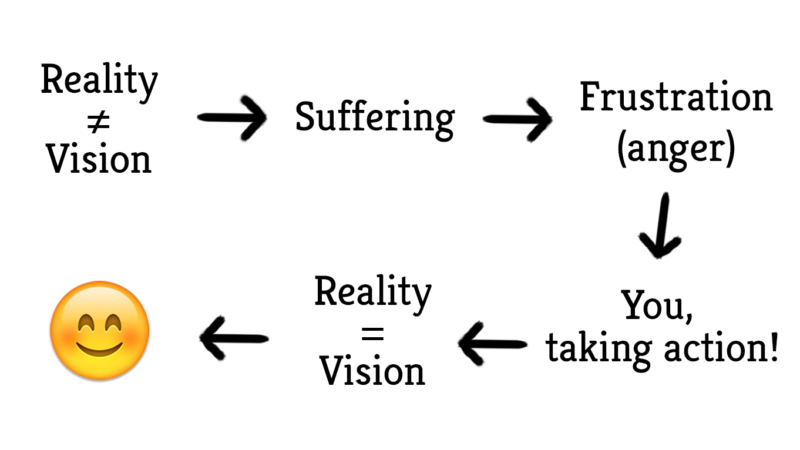
 Keeping your feelings bottled up never works, so allow yourself time to be angry and complain. As long as you don’t focus on it for too long, venting can be a healthy outlet for your anger. You can open up to a trusted friend or write it all down in a journal. Sometimes it feels better to pretend to talk directly to the person (or situation) that you’re angry at – pick an empty chair, pretend they’re sitting in it, and say what you need to get off your chest.
Keeping your feelings bottled up never works, so allow yourself time to be angry and complain. As long as you don’t focus on it for too long, venting can be a healthy outlet for your anger. You can open up to a trusted friend or write it all down in a journal. Sometimes it feels better to pretend to talk directly to the person (or situation) that you’re angry at – pick an empty chair, pretend they’re sitting in it, and say what you need to get off your chest. 
 It’s frustrating to feel let down but recognize that you can’t fully predict anyone else’s behavior or how situations will play out. Shift your mental framework so that you aren’t setting yourself up for disappointment.
It’s frustrating to feel let down but recognize that you can’t fully predict anyone else’s behavior or how situations will play out. Shift your mental framework so that you aren’t setting yourself up for disappointment.  November 1-14, 2018. https://www.ibm.com/downloads/cas/2YQ8NLD5
November 1-14, 2018. https://www.ibm.com/downloads/cas/2YQ8NLD5